Manufacturer: Gigabyte
UK price (as reviewed): £168.98 (inc. VAT)
US price (as reviewed): $181.92 (exc. tax)
If you prefer to spend serious amounts of cash on your motherboard and have a hefty box with drool-worthy accessories inside, then we've covered plenty of pricey Z390 boards over the last few months. However, we've seen recently from sub-£200 motherboards from Asus (TUF Z390-Plus Gaming (Wi-Fi)) and MSI (MAG Z390 Tomahwak) that you don't need to spend too big to get a board that can cope with Intel's mighty Core i9-9900K while also sporting a few premium features such as M.2 heatsinks, USB 3.1, or high-end audio. Gigabyte is aiming at this segment of the market with its Z390 Aorus Pro, which comes both with or without Wi-Fi. It's the non-Wi-Fi version on our test bench today, and it currently retails for £169.

You'll need to spend another 10 pounds to get the Wi-Fi version depending on where you buy it from, but in the US you're looking at just a couple of dollars, so you may as well go for it. Asus and MSI dipped under the £170 mark in fairly different ways, with MSI cutting back on audio and Wi-Fi in order to offer more USB ports including USB 3.1 support plus a generous amount of fan headers, while Asus opted for better audio and included Wi-Fi.
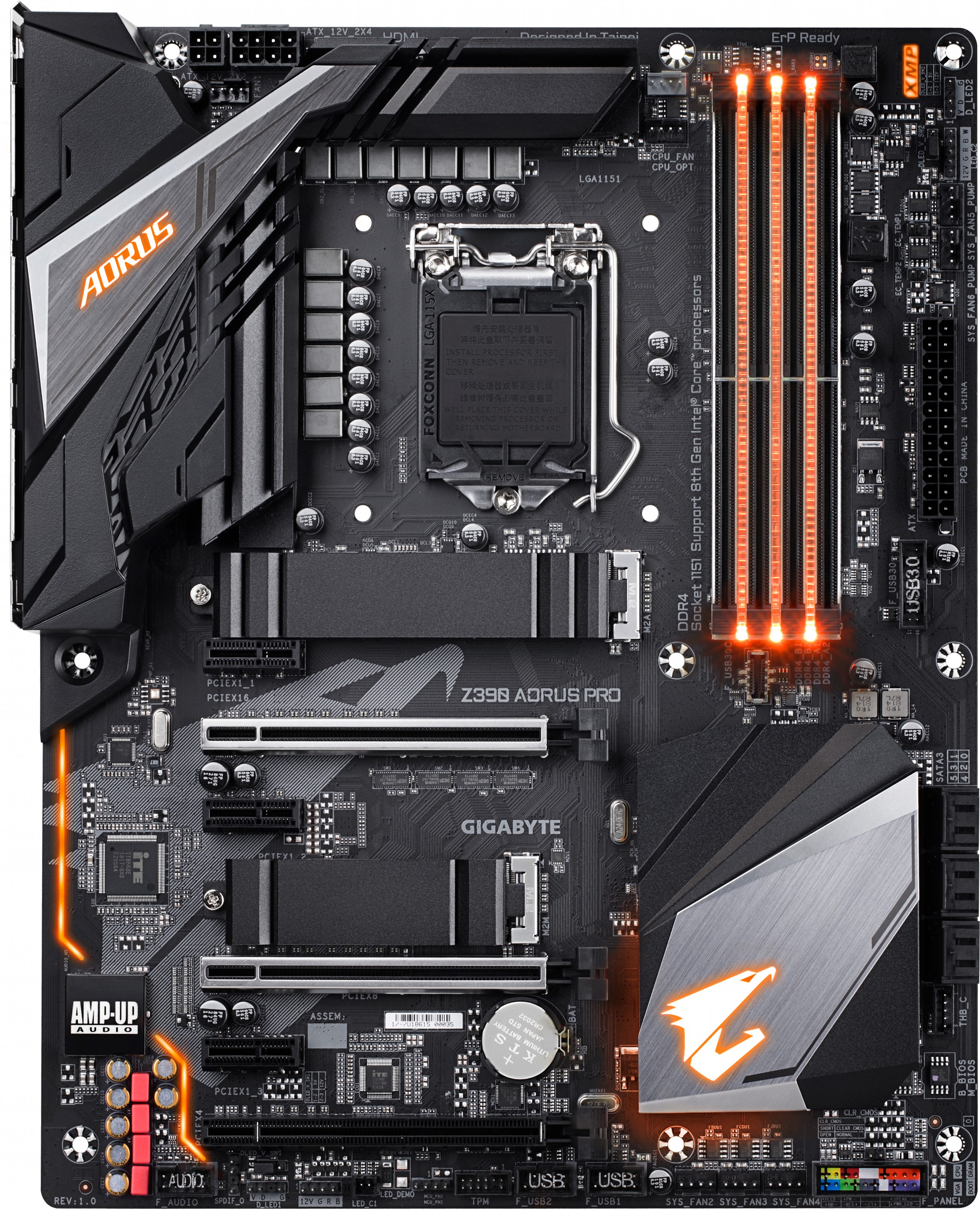
Gigabyte seems to be taking another different path. First and foremost is that there is certainly no lack of RGB lighting, with the DIMM slot LEDs back in all their funky glory and further lighting on the PCH heatsink and I/O shroud. That said, you should beware that Gigabyte's RGB software came under fire late last year for serious security holes, though thankfully the latest version i.e. RGB Fusion 2.0 does not appear to be listed as vulnerable, so we advise you as ever to always grab the very latest software versions. As well as all the RGB here, the aesthetic prowess continues with a black PCB, edgy angular heatsinks for both ranks of power circuitry (12+1 phase) and M.2 slots, plus you get an integrated I/O shield too.

You get an impressive eight four-pin hybrid fan headers with up to 24W available from each, and Gigabyte also has the best fan control both in terms of EFI and Windows software out there too, with the ability to pick from numerous temperature inputs as well as switch fans off individually in low-temperature situations. The board also sports a pair of two-pin thermal probe headers with two probes included in the box.
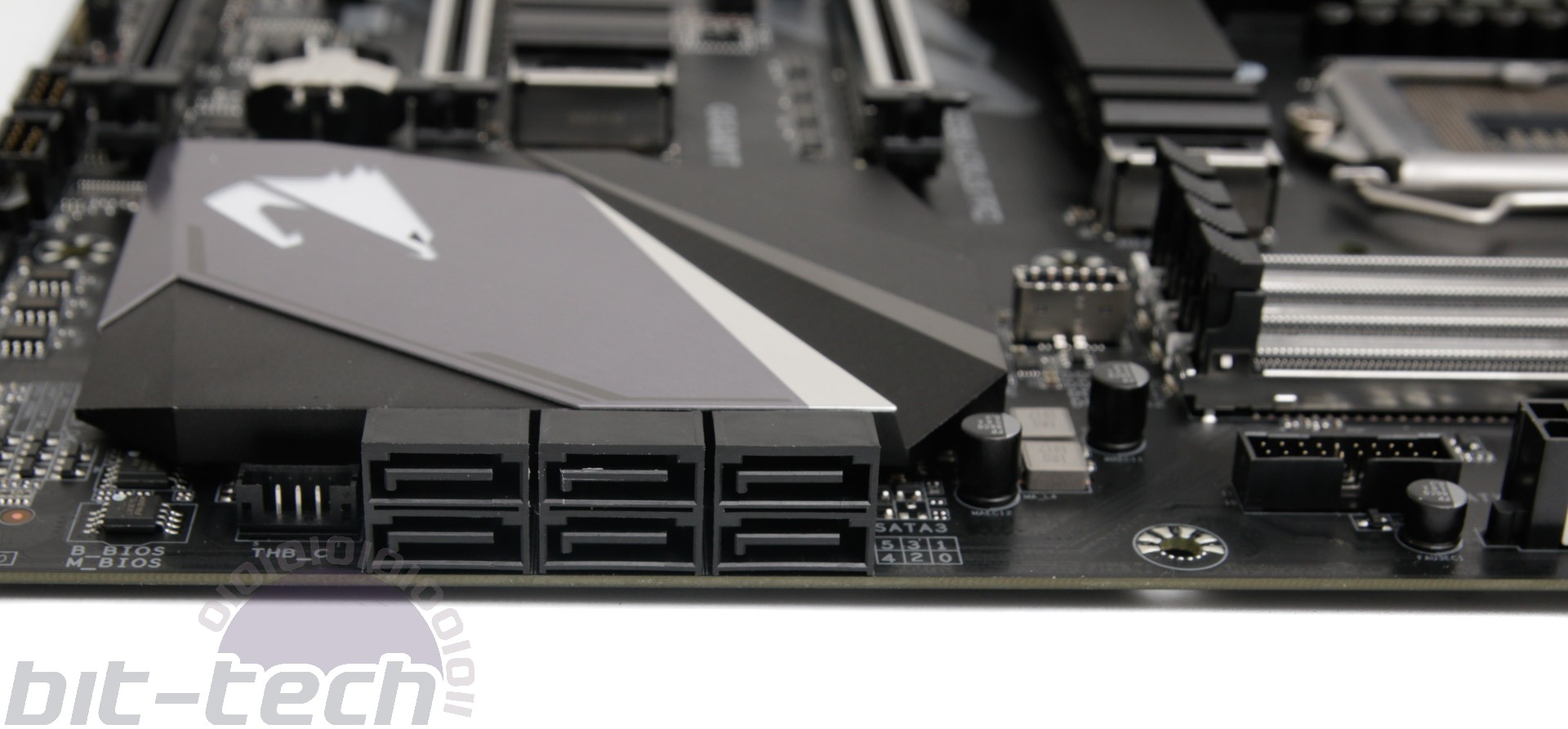
The two M.2 ports differ only in terms of the physical size they support (110mm in the upper, 80mm in the lower), as both PCIe and SATA M.2 SSDs can be used in both slots, and impressively both of them have heatsinks attached too. The top slot's heatsink did a good job of cooling our Samsung 970 Evo SSD, cutting the load temperature by 20°C. You also get the usual six SATA ports, all right-angled to the PCB.
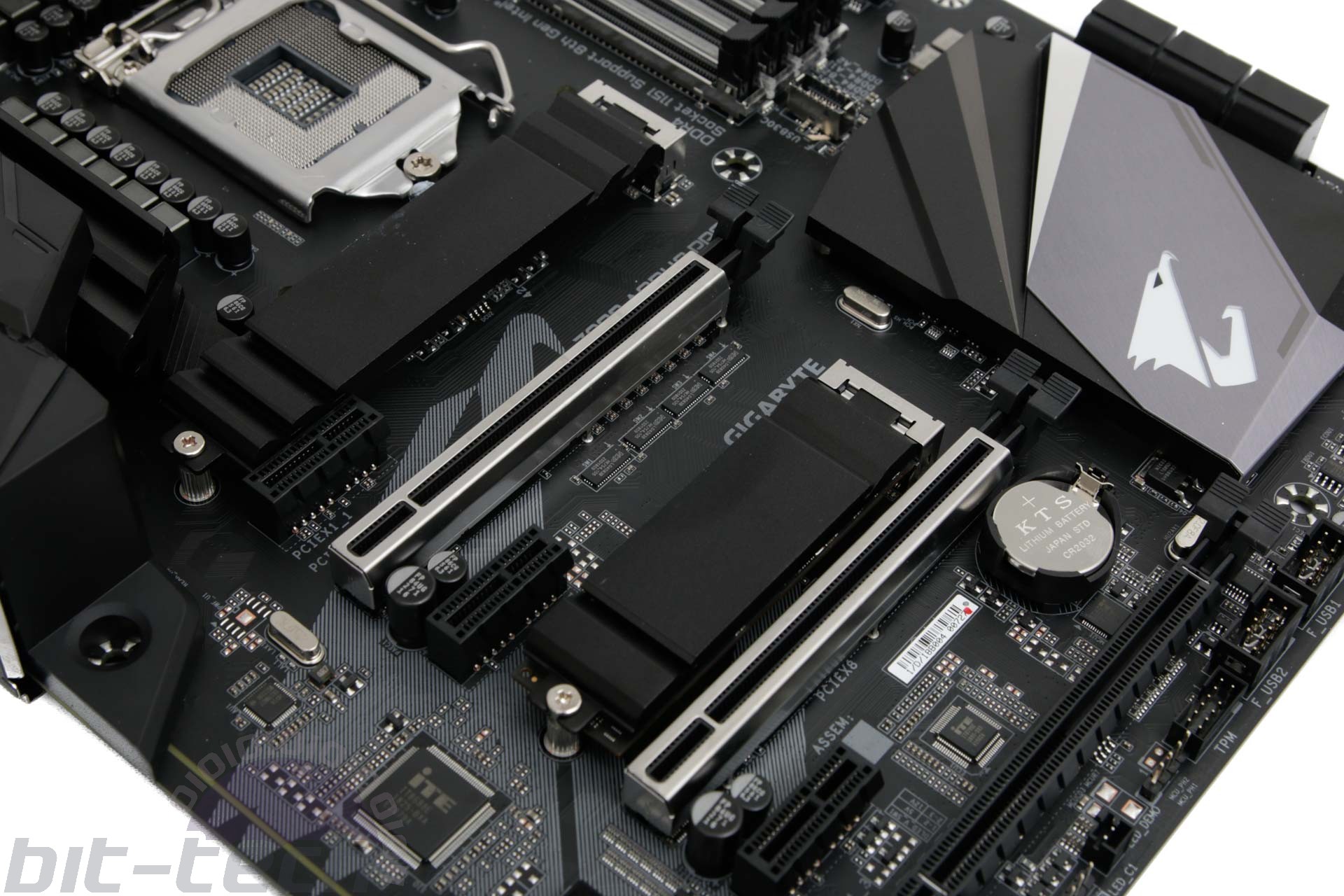

Specifications
- Chipset Intel Z390
- Form factor ATX
- CPU support Intel Socket LGA 1151-V2
- Memory support Dual-channel, four slots, max 64GB
- Sound Eight-channel Realtek ALC 1220
- Networking 1 x Intel Gigabit Ethernet
- Ports 2 x M.2 PCIe 3.0 x4 32Gbps/SATA 6Gbps (1 x up to 22110, 1 x up to 2280), 6 x SATA 6Gbps, 2 x USB 3.1 Type-A, 1 x USB 3.1 Type-C, 1 x USB 3.0 Type-C header, 5 x USB 3.0 (2 via headers), 8 x USB 2.0 (4 via headers), 1 x LAN, audio out, line in, mic, Optical S/PDIF out
- Dimensions (mm) 305 x 244
- Extras RGB LED extension cables, M.2 heatsink, 2 x thermal probe cables

MSI MPG Velox 100R Chassis Review
October 14 2021 | 15:04

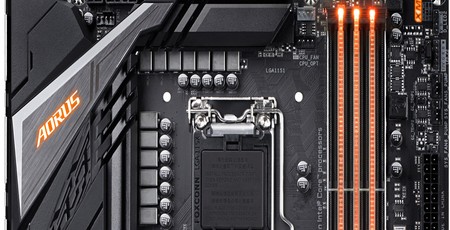
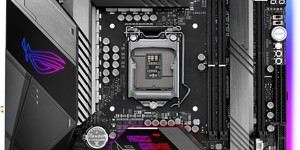
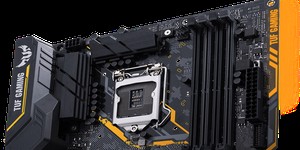
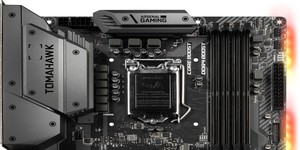




Want to comment? Please log in.